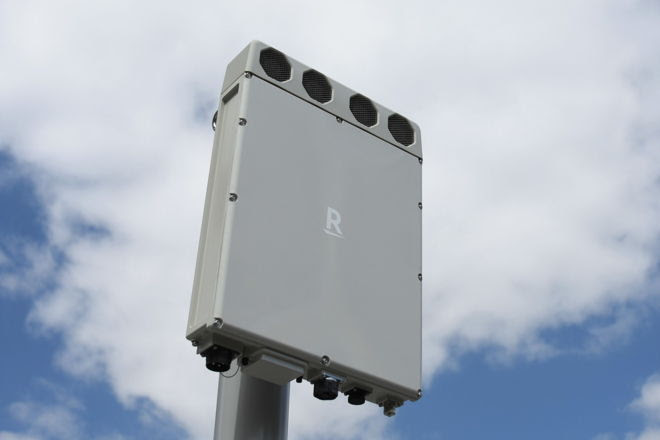Japanese mobile operator Rakuten Mobile, a unit of e-commerce giant Rakuten, said it has received approval from the Minister of Internal Affairs and Communications for its special radio station deployment plan to expand 5G services in the 1.7 GHz frequency band.
Following this approval, Rakuten Mobile confirmed it will deploy base stations using this frequency band in areas that exclude the metropolitan centers of Tokyo, Nagoya and Osaka.
“As Rakuten Mobile expands the buildout of its 5G network, it will also strengthen collaboration with the more than 70 services offered by the Rakuten Group across e-commerce, fintech, sports and content, to provide customers with new and enriched experiences,” the company said.
In September 2020, Rakuten Mobile launched 5G services in parts of Tokyo, Kanagawa, Saitama, Hokkaido, Osaka and Hyogo. The service is being initially offered via Non-Stand Alone (NSA) 5G architecture.
Rakuten Mobile’s President Yoshihisa Yamada had previously said that the operator was expecting the 5G to be available in Japan’s all 47 prefectures by end-March 2021.
Yamada had also said that Rakuten Mobile expected to launch a Stand-Alone 5G network in the second quarter of 2021.
Rakuten Mobile said it attracted over 3.9 million applications for its mobile service since it launched its 4G offering one year ago.
Last week, the telco launched a new promotional campaign to attract more subscribers. This campaign offers the Rakuten UN-LIMIT VI service plan to customers free of charge for the first three months of service.
The total number of Rakuten Mobile contracts, including MVNO contracts, has now reached 4.5 million.
Rakuten Mobile had deployed over 11,500 base stations for a population coverage of 73.5%. The Japanese operator aims to increase this coverage to 96% by the middle of the year.
Rakuten Mobile’s total obligation, agreed upon with the Japanese Ministry of Internal Affairs and Communications (MIC), is to deploy 15,787 sub-6 GHz base stations and 7,948 mmWave base stations. The carrier had agreed to deploy at least 667 sub-6 GHz and 441 mmWave base stations by the end of March 2021.

